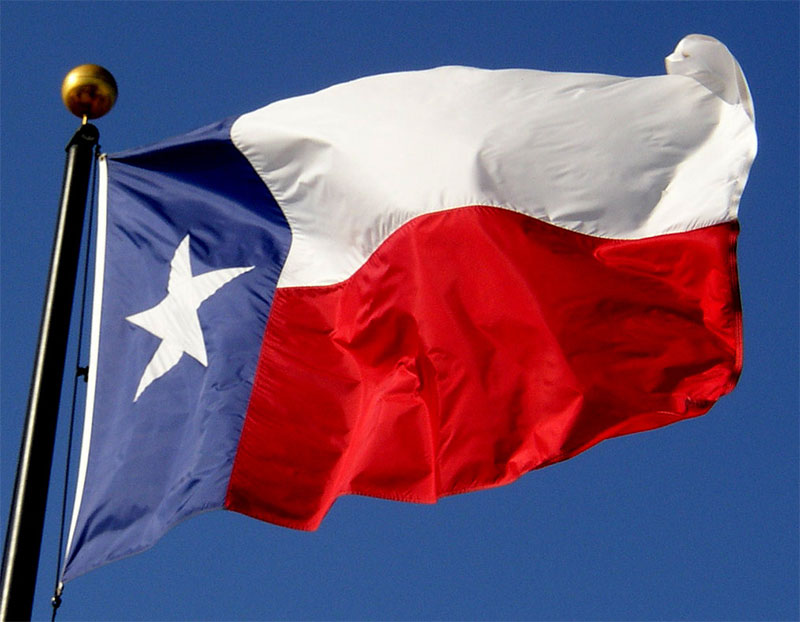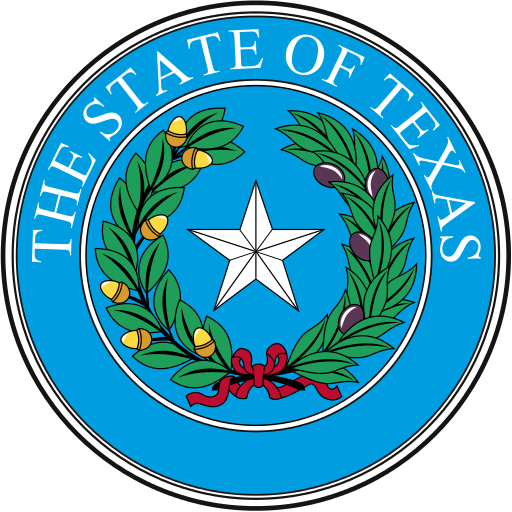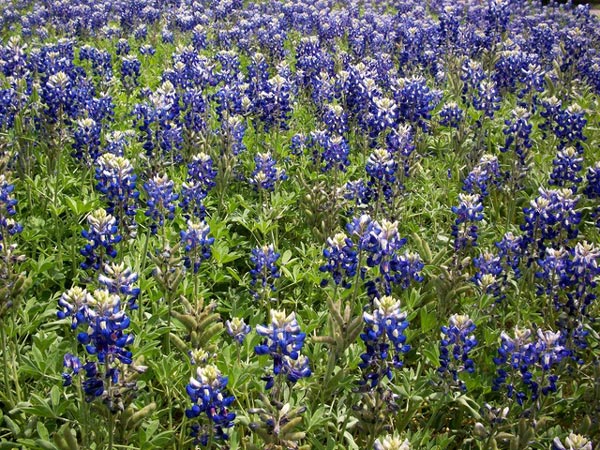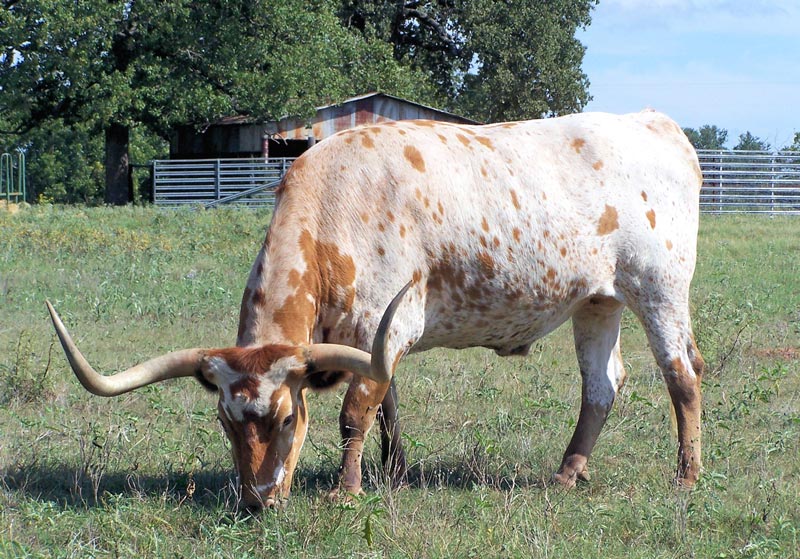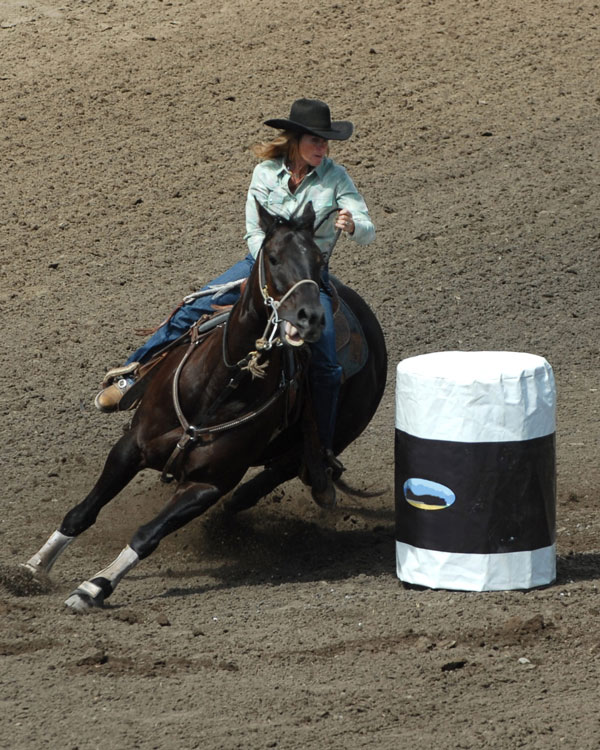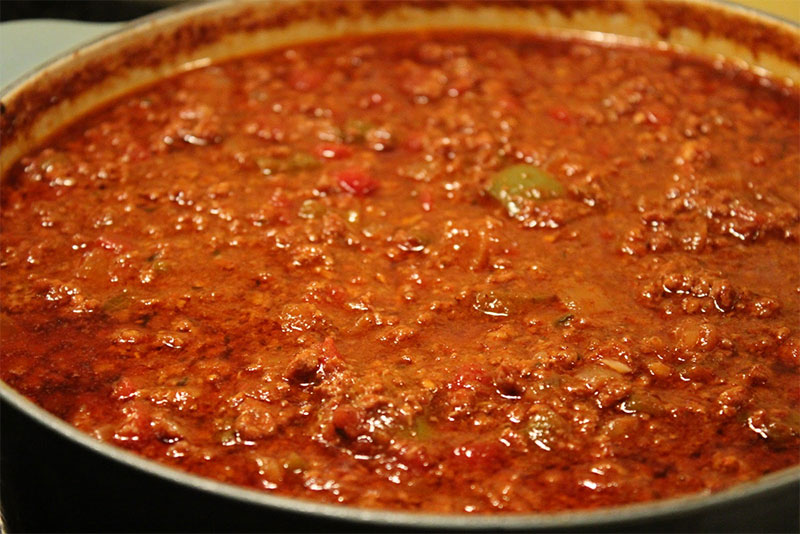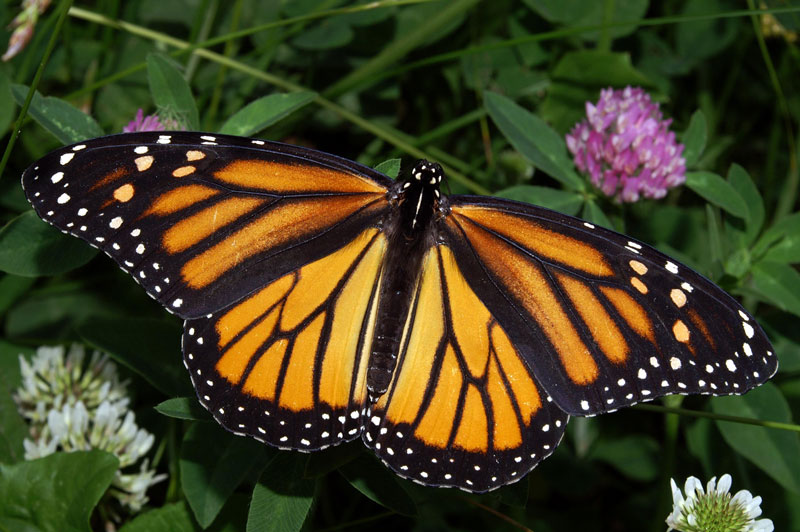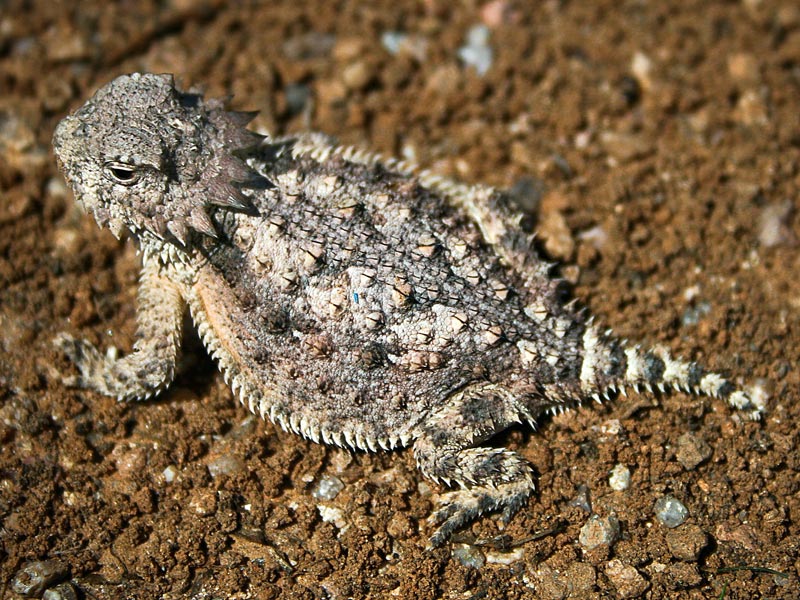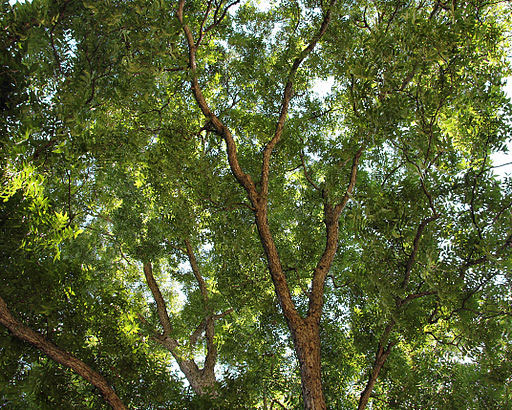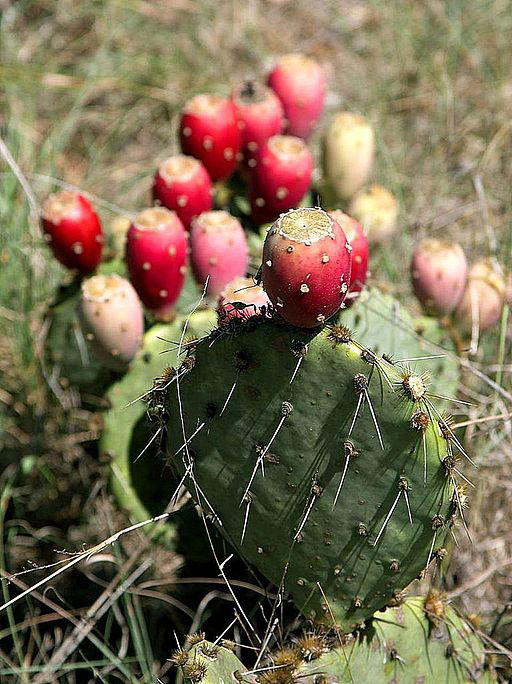Texas State Symbols
These are officially Texas.
Explore a curated list of Texas State symbols from the bluebonnet to the horned lizard.
For a complete list of the officially designated Texas State symbols, refer to the Texas State Library and Archives Commission page.
Want to learn more about Texas State symbols with your students? Sign up for a Distance Learning class all about Texas State symbols!
Explore Texas history in our Texas History Galleries.
Your museum admission purchase supports the Bullock Museum's exhibitions and educational programming.
Curated List of Texas State Symbols
Flag: Lone Star Flag
Instantly recognizable, the Lone Star Flag was originally designed by Texas Constitutional Convention delegate Dr. Charles Bellinger Stewart and was adopted by the Congress of the Republic of Texas in 1839. Austin artist Peter Krag was paid a fee of $10 (about $200 in current dollars) to make an architectural rendering of Stewart's original freehand flag design. Like the United States flag, the red, white, and blue colors in the Lone Star flag stand for courage (red), purity and liberty (white), and loyalty (blue).
Seal: Great Seal of the State of Texas
In 1839, at the same time as it adopted the Lone Star Flag, the Congress of the Republic of Texas adopted a national seal with a Lone Star surrounded by a wreath of an olive branch and a live oak branch. Peter Krag, who made the rendering of the Lone Star flag, made a rendering of this design as well. The seal of the Republic was modified in 1846 to become the Texas state seal. In 1991, the 72nd Legislature clarified the design of the reverse side of the seal which now features a five-pointed star, the Battle of Gonzales cannon, Vince's Bridge, the Alamo, the six flags that have flown over Texas, and the mottoes "Remember the Alamo" and "Texas One and Indivisible."
Flower: Bluebonnet
Edging out suggestions for the cotton boll and the prickly pear cactus, the native bluebonnet (Lupinus subcarnosis) was named the state flower in 1901. A debate went on for years, however, as to which species of bluebonnet was the most beautiful and appropriate to represent the Lone Star state. In 1971, the Legislature issued a concurrent resolution that cleared up the matter: "RESOLVED… that the Lupinus texensis and any other variety of bluebonnet not heretofore recorded be recognized along with the Lupinus subcarnosis as the official state flower of the State of Texas." Its appearance from late March through early April signals to Texans that spring is here and that the long, hot summer is just around the corner. Since the 1930s, this beloved symbol of springtime has been planted along Texas highways. And although it is not illegal to pick a bluebonnet, it is illegal to tresspass on private property to collect one or to take your annual Texas springtime shapshot.
Large Mammal: Texas Longhorn
The Texas longhorn is a hybrid of Spanish and English cattle and is known for its extremely long horns, tough hooves, and general hardiness. It became a symbol of the Texas cattle drives in the 1860s and 1870s. After the end of the open range, longhorns were almost bred out of existence, but were saved by breeders in the 1920s for exhibit in Texas state parks. Soon after, ranchers rediscovered the tough and well-adapted cattle and they have been a mainstay of Texas ranching operations ever since. The longhorn became the large mammal symbol of Texas in 1995. Other official mammal state symbols include the armadillo (designated in 1927) and the Mexican free-tailed bat (1995).
Sport: Rodeo
The Texas rodeo has its roots in the Spanish cattle culture of the 1700s. As the cattle industry grew and flourished, Mexican vaqueros and their successors, the American cowboys, began to stage competitions to test their riding and roping skills. By the late 1800s, rodeos were commonplace in Texas, especially at Fourth of July festivities. Wild West shows, such as those staged by "Buffalo Bill" Cody, popularized the sport around the country. Rodeo became a formally organized sport under a permanent governing body in 1936. Many Texas cowboys and cowgirls remain dominant forces in the sport today.
Dish: Chili Con Carne
Chili con carne (chili with meat) was a trail stew that cowboys made with dried beef and dried chilies. Today, chili con carne is usually made with fresh chuck roast or ground beef with a mix of chilies. Recipes are often family traditions and closely guarded secrets. The chili may be served with garnishes such as cilantro, green onions, or cheese, along with warm tortillas. Chili con carne was designated the state dish in 1977. Today, chili cook-offs are a state pastime. Debates rage about the most authentic way to prepare Texas chili con carne, but one rule is absolute—no beans!
Insect: Monarch Butterfly
Texas is home to more butterfly species than any other state—at least 400. The monarch butterfly was designated the state insect in 1995. The most recognizable butterfly in North America, the monarch flies through Texas every spring and fall on its epic migration to wintering grounds in Mexico. At times, the butterflies fill the Texas sky and gather on the trees by the hundreds or thousands. As wild habitat becomes scarcer, many Texans plant butterfly gardens to attract and provide shelter for the beautiful insects.
Reptile: Horned Lizard
Most Texans call the state reptile a horny toad, but it is actually a horned lizard. Named the state reptile in 1993, the small spiny creatures are renowned for their tough-guy appearance and startling defense strategies, which include squirting blood from their eyes and puffing up their bodies to twice the normal size. Once commonplace in every part of the state except the East Texas piney woods, horned lizards are now a threatened species due to habitat loss, over-collection as pets and curios, and the invasion of non-native fire ants from South America.
Tree: Pecan Tree
Before he died in 1906, former governor James Stephen Hogg requested that a pecan tree mark his grave. As a result, the native tree rose in popularity. It was declared the state tree in 1919. Widespread in the wild and popular as a yard tree, the pecan is native to Texas and produces the state's only commercially grown nut. Millions of pounds of the soft-shelled, sweet-meat nuts are harvested annually for use in pies, candy, and other treats.
Plant: Prickly Pear Cactus
More than 100 species of the abundant wild cactus grow in Texas, the most of any state. This multi-purpose cactus became the state plant in 1995. Ranchers burn the spines from the pads (called nopalitos) and use them for cattle feed. Grilled, boiled, and chopped nopalitos are used in Tex-Mex cuisine. The juicy, red, prickly pear fruits are often made into jams and jellies, pies, and wine. Since it is a native cactus and can tolerate drought, prickly pear cacti are regular features of Texas xeriscaping.
